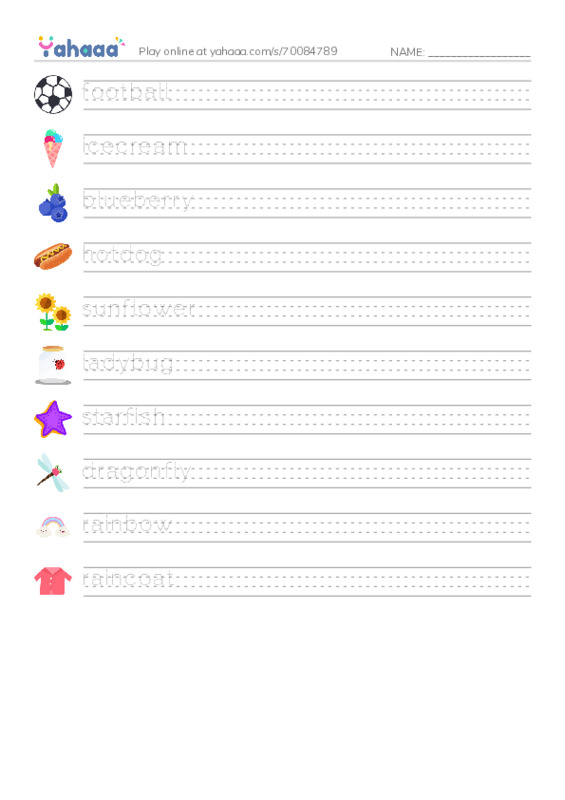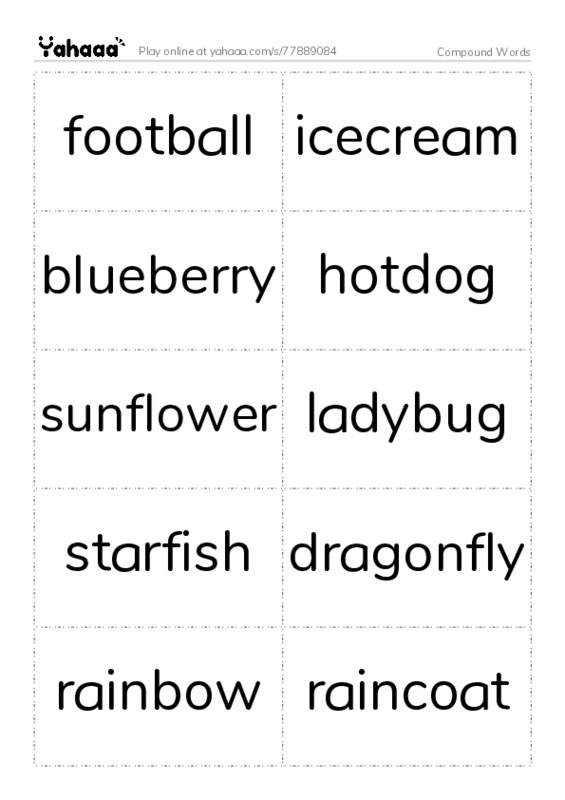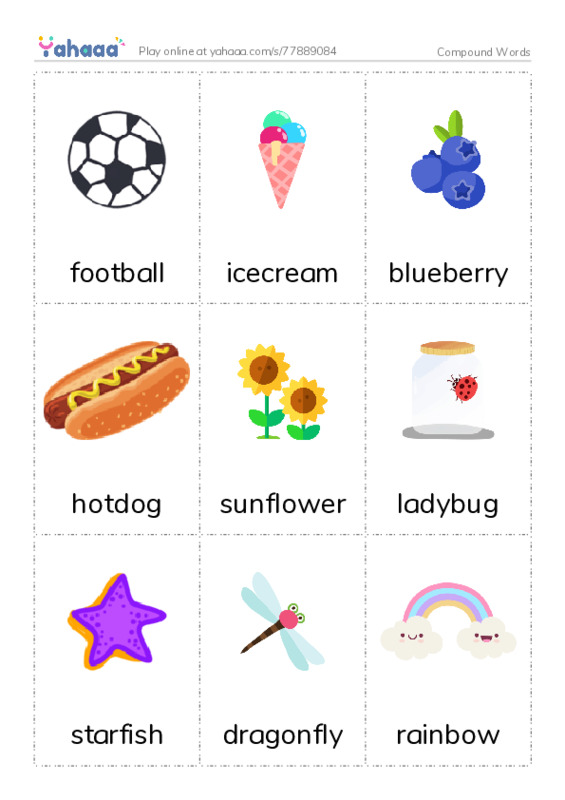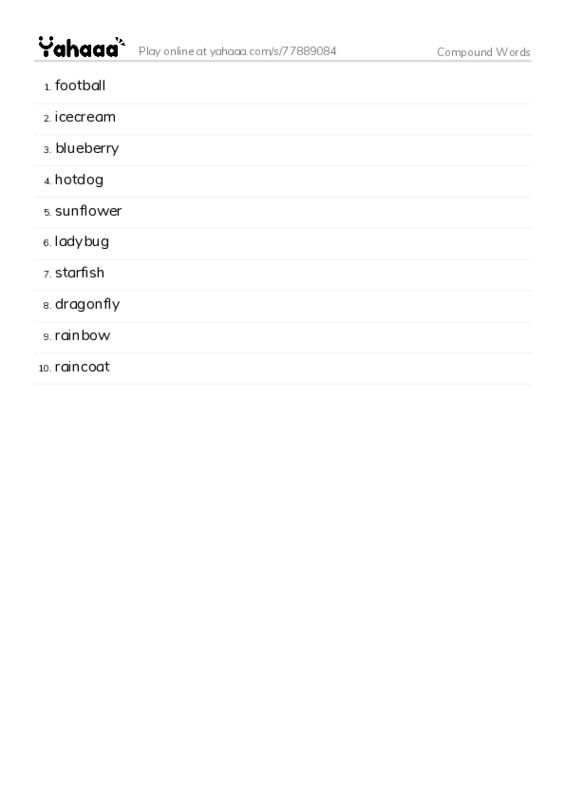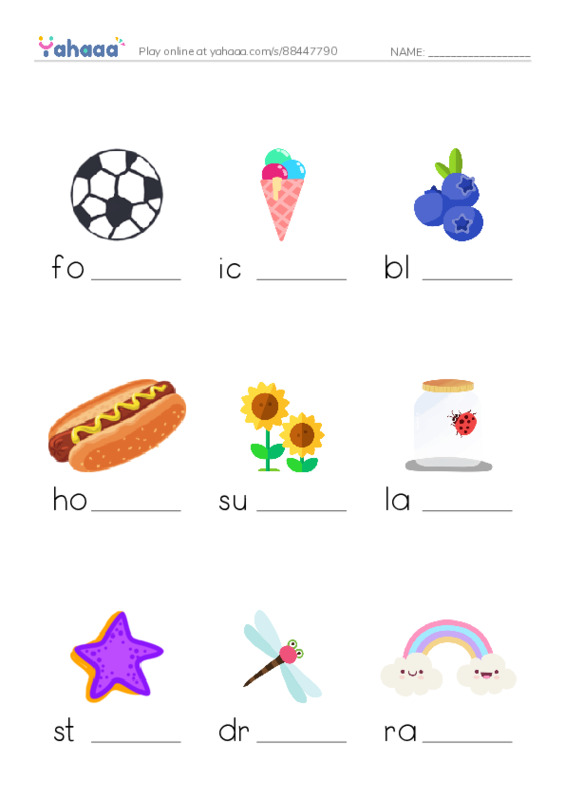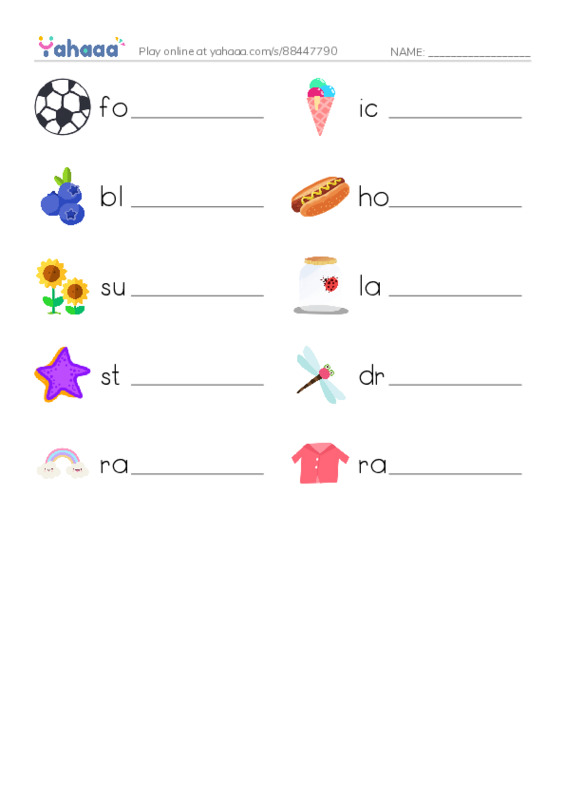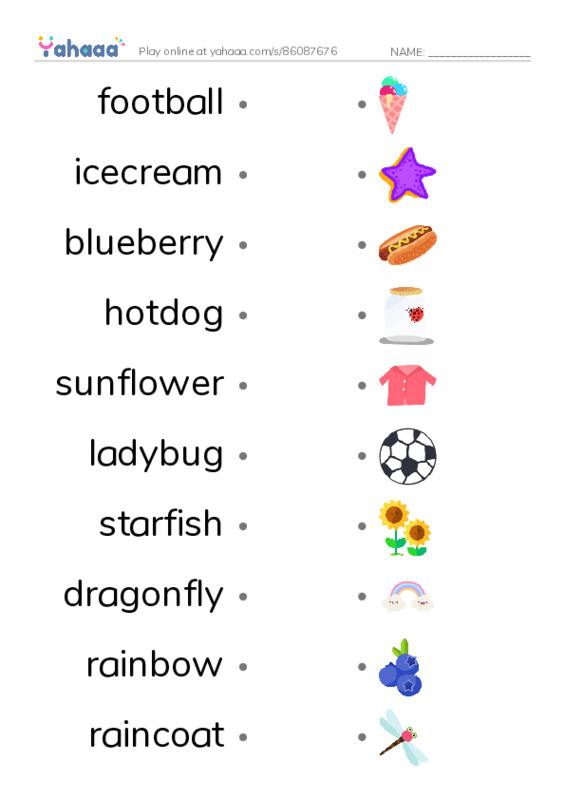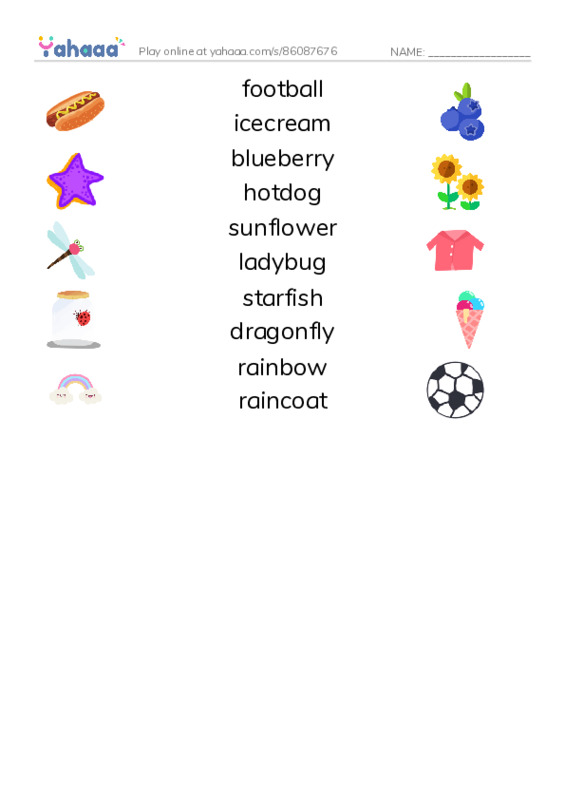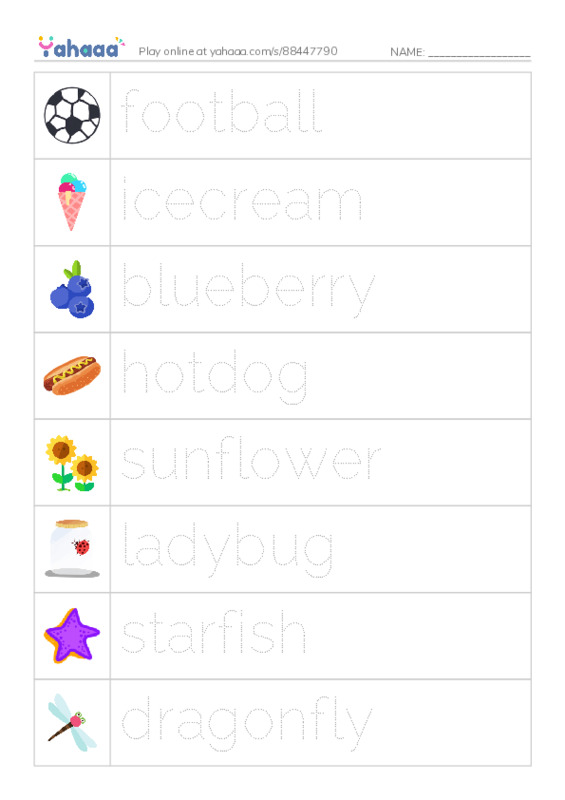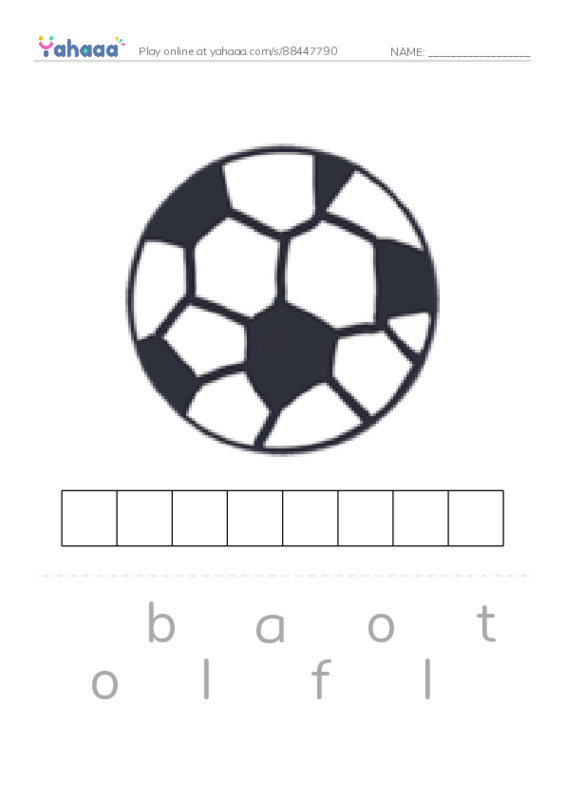Why is this the best write-between-the-lines worksheet for compound words?
Handwriting is an important skill for children to learn, as it allows them to write down their thoughts and ideas in a clear and legible way. Learning to write compound words is an important part of developing good handwriting skills, and there are many resources available to help children learn to write these words correctly. One of the best tools for this purpose is a "write between the lines" worksheet, which provides children with a guide for where to write each word within a sentence.
There are several benefits to using "write between the lines" worksheets to help children learn to write compound words. First, these worksheets provide a clear and concise structure for writing sentences and words, which can help children stay focused and organized as they write. This can make the learning process more efficient and effective, and can help children develop good handwriting habits from an early age.
Second, "write between the lines" worksheets can help children learn to write compound words correctly. By providing a guide for where to write each word within a sentence, these worksheets can help children understand the proper placement and spacing of words within a sentence. This can help them write compound words accurately and legibly, which is important for ensuring that their writing is clear and easy to read.
Third, "write between the lines" worksheets can help children develop their fine motor skills and hand-eye coordination. Writing between the lines requires children to control the movement of their hands and fingers in a precise and deliberate manner, which can help them develop the coordination and dexterity needed for good handwriting.
In conclusion, "write between the lines" worksheets are an effective and beneficial tool for helping children learn to write compound words. These worksheets provide a clear and structured guide for writing sentences and words, and can help children develop good handwriting habits, improve their ability to write compound words correctly, and enhance their fine motor skills and hand-eye coordination.
For who is this worksheet meant?
Children typically learn to write and develop their handwriting skills during the elementary school years, from around ages 6 to 11. This is the age range when children are learning the basic skills and concepts needed for reading, writing, and arithmetic, and when they are developing the fine motor skills and hand-eye coordination needed for writing.
It is important to note that children develop at different rates, and some children may be ready to learn to write and develop their handwriting skills at an earlier or later age than others. Some children may be able to start learning these skills as early as age 4 or 5, while others may not be ready until age 12 or 13. The best age for a child to start learning to write and develop their handwriting skills will depend on their individual development and abilities.
While the elementary school years are typically the age range when children learn to write and develop their handwriting skills, the exact age at which a child is ready to start learning these skills can vary depending on their individual development and abilities.
What are the clear advantages of Yahaaa's activities?
Cost-effectiveness: Because these resources are free and printable, they are an affordable option for parents and educators who want to provide children with materials to help them learn to write compound words. This is especially useful for parents and educators who may not have the financial resources to purchase expensive educational materials.
Customizability: With customizable resources, such as "write between the lines" worksheets, parents and educators can create their own materials that are tailored to the individual needs and abilities of each child. This means that the materials can be adjusted to suit the child's learning style, pace, and goals, which can make the learning process more effective and efficient.
Convenience: PDF and printable resources are convenient to use, as they can be accessed and printed easily from any device with an internet connection. This means that parents and educators can access and print the materials whenever and wherever they need them, without having to go to a store or library to purchase or borrow them.
Versatility: PDF and printable resources are versatile and can be used in a variety of ways. For example, "write between the lines" worksheets can be used to practice writing compound words, to quiz children on their knowledge of compound words, or to assess their progress in learning to write these words. This makes these resources a valuable tool for supporting children's learning in a variety of settings and contexts.
